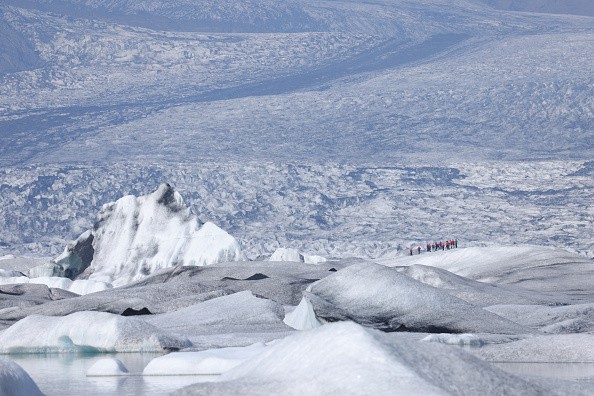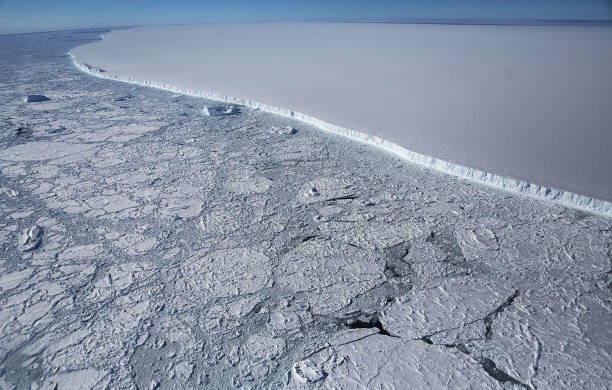One of the Earth's fastest-warming areas is West Antarctica. For proof, you don't need to look further than Thwaites Glacier which is also referred to as the "Doomsday Glacier." Underground heat is baking the Thwaites Glacier from beneath and this heat could force it closer to collapse.
Live Science previously reported that Thwaites has lost approximately 540 billion metric tons (595 billion tons) of ice, since the 1980s, solely adding 4% to the yearly global sea-level rise then.

The rate at which the glacier loses ice has increased significantly in the past three decades. This is partly because of concealed rivers of relatively warm seawater cutting across the underbelly of the glacier, and also unmitigated climate change warming both the air and ocean.
New research now proposes that the warming ocean and atmosphere aren't just the factors forcing Thwaites to the edge. Earth's heat itself may also be giving glaciers in West Antarctica a disproportionately nasty push.
Geothermal Heat Flow
Researchers examined geomagnetic field data from West Antarctica in a study which was released on the 18th of August in the journal Communications Earth & Environment, in order to make new maps of geothermal heat flow in the area - primarily, maps revealing the amount of heat from Earth's interior is coming up to warm the South Pole.
The researchers discovered that the crust underneath West Antarctica is very much thinner than in East Antarctica - approximately 17 to 25 kilometers (10 to 15 miles) thick in the West compared with around 40 km (25 miles) thick in the East - making Thwaites Glacier prone to a lot more geothermal heat than glaciers on another part of the continent.
The lead study author and a geophysicist at the Alfred Wegener Institute (AWI), Helmholtz Centre for Polar and Marine Research in Germany named Ricarda Dziadek said in a statement: "Our measurements show that where the Earth's crust is only 17 to 25 kilometers thick, geothermal heat flow of up to 150 milliwatts per square meter can occur beneath Thwaites Glacier."

The Crust
Since West Antarctica is positioned in an oceanic trench, the crust underneath the bottom of the sea is much thinner than the crust under East Antarctica.
For a long time now scientists had a suspicion that this relatively thin crust must be taking in more heat from the upper mantle of the planet (this upper mantle sees an average temperatures of 200 degrees Celsius, or 392 degrees Fahrenheit), affecting the formation and development of glaciers in this region over millions of years.
For the first time, the researchers evaluated that difference in heat flow in this new study. With the use of a variety of magnetic field datasets, the researchers estimated the space between the crust and the mantle at different spots all over Antarctica, and also the relative heat flow in those places.
Related Article : Antarctica's 'Doomsday Glacier' May Be Melting Faster Than We Thought
For more news, updates about doomsday glacier and similar topics don't forget to follow Nature World News!
© 2025 NatureWorldNews.com All rights reserved. Do not reproduce without permission.





